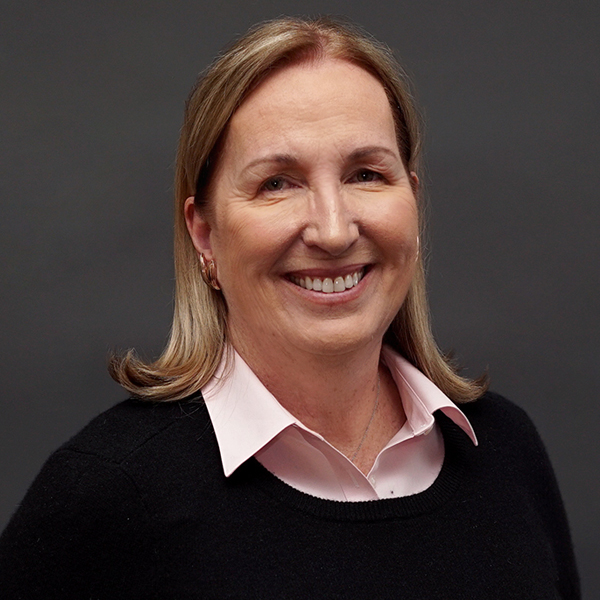
Marking 365 days into the COVID-19 pandemic this week, it’s difficult to process that it was one year ago yesterday that the World Health Organization declared the novel coronavirus a global public health threat (TIME).
So much has transpired since then, with 530,000 lives lost in the U.S. and more than 2.6 million worldwide. The challenges before us are mammoth -- chief among them a global vaccination program on a scale never before seen. Some of you may recall how long experts estimated it would take to vaccinate the world against AIDS, if a vaccine existed: 10 to 20 years.
Today, deaths from another epidemic -- lung cancer -- surpass lives lost to AIDS (American Cancer Society). According to the Journal of the American Medicine Association (JAMA), “lung cancer is the second most common cancer and the leading cause of cancer death in the U.S.”
This week, the US Preventive Services Task Force (USPSTF) published new screening guidelines for lung cancer, recommending CT scans for younger current and former heavy smokers. CT scans have been proven effective in detecting early lung cancers when they can most effectively be treated.
The USPSTF now urges screening for "anyone between ages 50 and 80 who has smoked at least 20 ‘pack-years’ and either still smokes or quit within the last 15 years. A ‘pack-year’ means smoking a pack of cigarettes a day for a year or an equivalent amount. So someone could qualify by going through a pack a day for 20 years or two packs a day for 10 years." (NBC News).
These new guidelines, if implemented widely and equitably, could be especially beneficial for those at highest risk of lung cancer, especially in the Bible Belt, where lung cancer deaths remain the highest. They have the potential to double the number of people eligible for reimbursed lung cancer screening, increasing the opportunity to save hundreds of thousands more lives by detecting lung cancer in its earliest, treatable stage.
Getting these policies put in place wasn't easy. Even before the National Lung Cancer Screening Trial reported its results, many studies strongly pointed to the efficacy of CT scans in identifying early cancer, the most deadly common cancer. Policy makers resisted making any recommendations, waiting for the definitive trial which took many years. The original USPSTF guideline was narrowly matched to the study, despite the fact that the research was structured to enhance the short-term statistical power of the trial, not to evaluate the age range or post smoking years of lung cancer risk the policy should cover.
Many in the public health, primary care and oncology communities initially fought lung cancer screening, basing their rejection on the impact of low-dose radiation, the cost to health insurance plans, or the absence of a definitive randomized controlled trial, among other reasons.
In a peer-reviewed article I co-authored in 2014, Tobacco Control Since the 1964 Surgeon General’s Report: Reflecting back and Looking Forward, we noted that "the USPSTF used too narrow a standard in light of the ongoing risk of lung cancer among those who quit more than 15 years ago, many of whom are healthy enough to undergo surgery for stage I lung cancer treatment.” We were particularly concerned "about those who have a history of smoking a pack of cigarettes a day for over 15 years and a family history of lung cancer,” and believed then that “irrespective of how the USPSTF guidelines unfold in practice over time, there are significant challenges ahead in ensuring that access is maximized and iatrogenic harm minimized through careful evaluation of the diagnostic findings by those best able to evaluate them.”
Many well-designed studies have made very strong cases for CT scans, most notably a 2006 study published in the New England Journal of Medicine on lung cancer screening in which all those who declined Stage 1 surgery died, while those who did not survived at a rate of 92 percent. Although I quit smoking over three decades ago, it was this study that started my “screening” life when I joined a trial at Weill Cornell.
As a former Board Chair and Vice Chair of the GO2 Foundation for Lung Cancer (formerly The Lung Cancer Alliance), the leading advocacy group for those at risk of lung cancer, and as founding CEO of the American Legacy Foundation, I have spent decades with my many colleagues over the course of my career working to help smokers quit -- and encouraging youth never to start.
This week, I join many in the public health community in applauding these much-needed policy changes that will undoubtedly help save many lives.

Cheryl Healton, DrPH
GPH Dean and Professor of Public Health Policy and Management